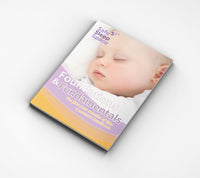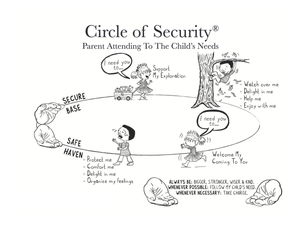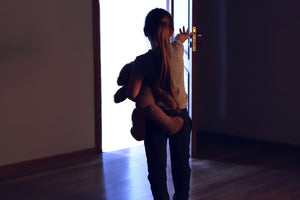Coping With Nightmares And Night Terrors

Witnessing your little one having a nightmare or night terror can be quite worrying and distressing. Nightmares and night terrors can often be easily confused, so it is important to understand the differences before offering your child appropriate settling strategies. To make things even more confusing, contrary to their name, nightmares and night terrors can happen at any sleep period, including during day time naps.
Nightmares are experienced when a child is awoken from vivid dreams with intense feelings of fear or dread. Older children may be able recall the content of the dreams with a fair degree of detail. Nightmares are often attributed to a child seeing or hearing something frightening or that causes them anxiety.
A night terror is when a child suddenly gets very agitated while in a state of deep sleep. The child may be sound asleep one minute, and next they are screaming and thrashing about. It may look like the child is in a panic – he may be sweating and breathing fast. It may look like he is awake, his eyes may be open or he may be crying. The child is however actually sleep so won’t respond to comfort, making it quite distressing for parents and caregivers. Night terrors tend to start within the first 2-3 hours after bedtime.
Nightmares – some common features:
- The child will wake fearful and upset, needing comfort and reassurance. An older child (depending on their language skills) may even be able to recall the content of the dream in vivid details.
- Nightmares occur during REM sleep – in the second half of the night.
- ¼ of all children have at least one nightmare a week.
- Nightmares peak around 2-3 years, when children are learning the difference between reality and fiction.
How can you help:
- Ensure that your child has a relaxing bedtime routine to help them rest easier.
- Avoid scary games, movies or stories prior to bed.
- If a child is having a nightmare, it’s important that parents and caregivers respond quickly and reassure the child that they are safe. Once they've calmed down, parents should help them return to sleep.
- If the child is experiencing frequent nightmares, talk with the family about seeking advice from their GP or a sleep expert. Nightmares can occur during times of stress or after a child has experience trauma.
Night terrors – some common features:
- A child experiencing a night terror will wake agitated while in a deep sleep – in the earlier part of the night. They may be standing, sitting, crying or screaming out – often with their eyes open.
- A night terror can last up to 40 minutes with the child unresponsive to comforting or soothing.
- They occur in 5% of children aged 2-6 years and tend to be more common in boys.
- Children are likely to have night terrors if they are not well or are not having enough sleep.
How you can help:
- Ensure that the child is having enough rest and sleep and have a calming bedtime routine.
- Avoid waking the child during the night terror, as it will make them more agitated and disorientated. Instead parents/caregivers should wait patiently with the child until the terror has stopped and then guide them back to sleep.
- Make sure the child's environment is safe so that they can't hurt themselves if they're moving or thrashing about during an episode.
- Again, if the child is experiencing frequent night terrors, talk to the family about seeking advice from their GP or a sleep expert.
Help with looking after your Toddler
As your baby develops into a toddler, they become increasingly aware of the world around them.
While this can be an exciting time for your toddler, it can also be challenging and frustrating for you both, as they begin to exert their independence and insist on doing things on their own.
The Guide to Toddlers is the perfect place to learn all of the skills and behaviours of your toddler and gentle and effective ways to communicate with them.
Many parents have reduced sleep. The Safe Sleep Space website has a variety of resources and supports to provide tips and advice on how to assist your baby with sleep. You can also book a phone consultation to speak with a Sleep Consultant.
Other blog posts you will find helpful:
How to stop a toddler's bottles
Coping with toddler nightmares and night terrors
Amber beads. Why they're really not a good idea.
Cindy Davenport is a child and family health nurse, midwife and lactation consultant, and has worked in the early parenting field since 1998. She is the Co- Director of Safe Sleep Space (an early parenting consultancy group specialising in sleep and settling of infants and toddlers) and Sleep Smart (an online sleep and settling program for early childhood educators and health professionals.








